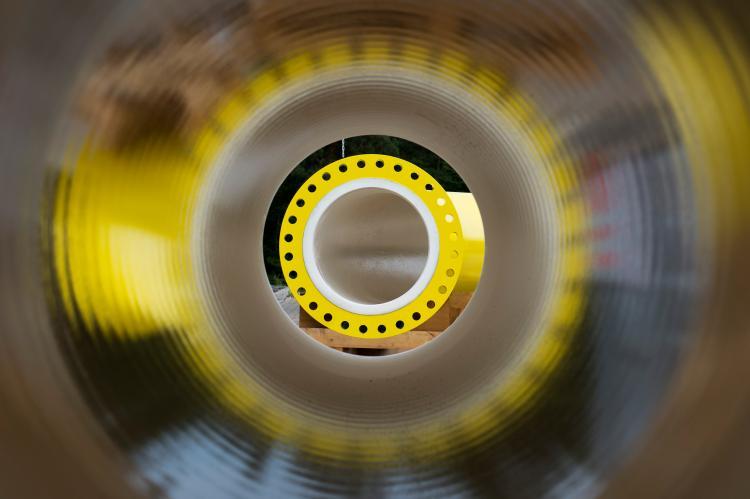An Exploratory Data Analysis Of Pipeline Coating Degradation

Pipeline coatings can be constructed from a multitude of materials, all of which aim to provide a physical barrier between a pipeline and the external environment. Naturally, understanding the degradation characteristics of these different coating materials is critical, as with the onset of coating degradation comes metal degradation, i.e. corrosion. External corrosion remains as one of the major threats to the integrity of pipelines worldwide.
Since coating degradation can occur for many reasons (from discrete events such as impact damage during construction, to age related processes such as embrittlement or loss of adhesion [ ]), modelling and prediction of degradation is a challenging task. In practice, it is more common for pipeline operators to measure the condition of a coating periodically (using visual inspection, or above ground survey techniques) in order to monitor its degradation over time. Unfortunately, these coating survey data are distributed across multiple pipeline operators, inspection vendors and service providers, meaning that there is no single data repository from which population trends can be established.
As an alternative, we present a brief exploratory data analysis (EDA) conducted on a large repository of historical in line inspection (ILI) data for around 5,0 00 unique assets with known coating materials. The pur pose of the EDA is to investigate whether the prevalence of external corrosion – as observed over a large population of pipelines – can be used to infer the degradation characteristics of the materials. The EDA makes use of 18 million instances of external corrosion detected in over 6,000 metal loss inspections

